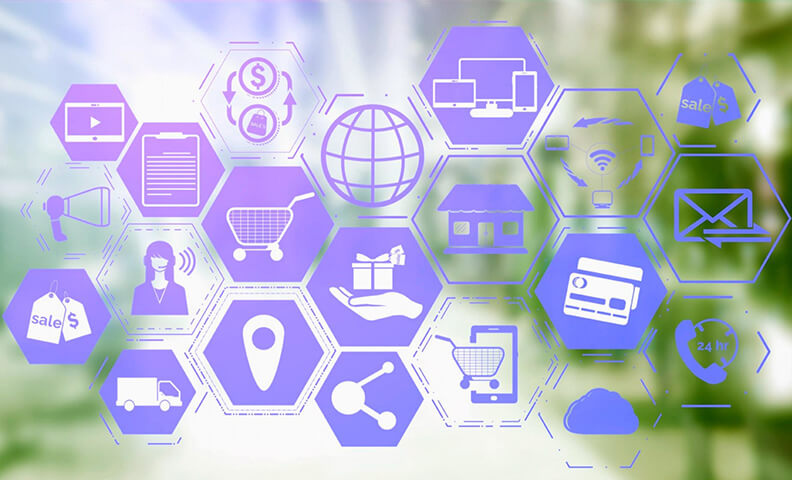The terms multichannel and omnichannel are sometimes used interchangeably. An omnichannel customer service platform is a platform in which you manage all interactions on the different customer service channels in one place. This way you don’t need multiple software tools to manage your interactions, which is the case with multichannel. An omnichannel platform can often be integrated with your CRM and ticketing software or comes with its own CRM package.
Omnichannel customer service is hot. Organizations want to be available on the channels that their (potential) customers are active on. And easily manage the interactions on those channels. Preferably in one tool so agents don’t have to switch between different applications. Fortunately, there are many good omnichannel platforms available. But how do you choose the right one?

What is an omnichannel platform
Many to choose from
In recent years, omnichannel customer service platforms have emerged in all shapes and sizes. Ranging from large and expensive platforms like Genesys PureCloud to more affordable platforms like Xcally and 3CX. That can make it difficult to choose which platform is most suitable for your business. So here are a few things to keep in mind:
1. What is your budget
Omnichannel platforms come in different price categories. Determine your budget in advance so you easily filter out the platforms that exceed your budget. Also take into account the costs you save because some current tools will become obsolete when you using an omnichannel platform. That budget will become available.
2. What do you need
Determine your requirements and wishes. Which channels need to be available in the platform? What wishes do you have for the future? Do you want to be able to integrate the platform with a CRM and/or ticketing tool? Or do you want a platform that has its own CRM system? There are many options around so make sure you know what you need now and what you might want to add in the future.
3. Should telephony be integrated
Does your customer service department use telephony and do you want to integrate this into your platform? And, for example, be able to switch from a live chat to a telephone conversation? Check whether the platform offers that option. And while you’re at it; determine if your current phone system still meets your requirements. If you want to replace the system or upgrade to a cloud PBX for example, it is better to do this first and only then start with an omnichannel platform. Some platforms include a hosted PBX, which means that telephony is directly integrated.
4. Do you go for cloud or on-premise
Many omnichannel platforms are available from the cloud. This has several advantages. Your agents can work from anywhere and the IT department doesn’t have to do installations and updates itself. However, there may be reasons why your company opts for on-premise. Make sure you know in advance what is smart and future-proof.
5. How easily can you scale up
What change may occur in the future; do you want to be able to easily add licenses as you get more employees? And also scale down again when necessary. And what are the consequences of such changes for the rate?
6. What data do you store and for how long
And finally, your data. Take the GDPR intro account; which personal data is stored? Where is it stored, for how long and can you delete the data yourself? But also look at how much storage capacity you need. For example, if you record and save telephone conversations and/or video conversations, this involves completely different data volumes than just customer and order data.
Ask for advise
Once you have worked out the above points, you have a good checklist to determine which omnichannel platforms fit. That makes choosing a lot easier. But of course you can also ask for help. There are several independent parties that can help you choose the right platform and, if desired, also with the implementation. Like us. So if you have any questions or want to know more about the possibilities? Contact us using the form below. We’ll happily guide you through the world of omnichannel platforms.


